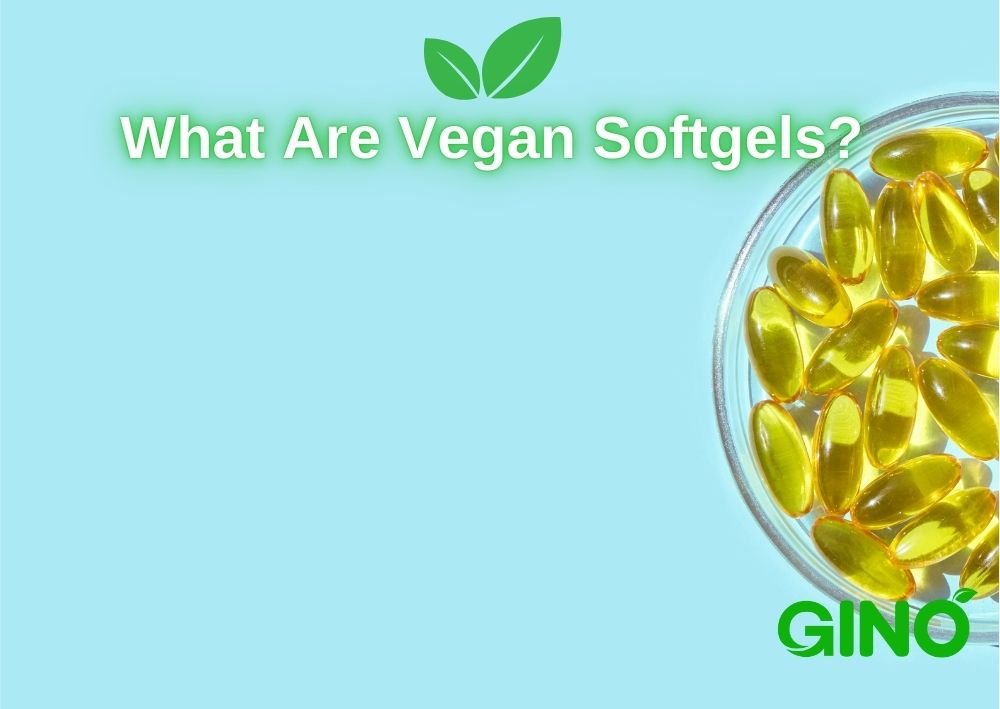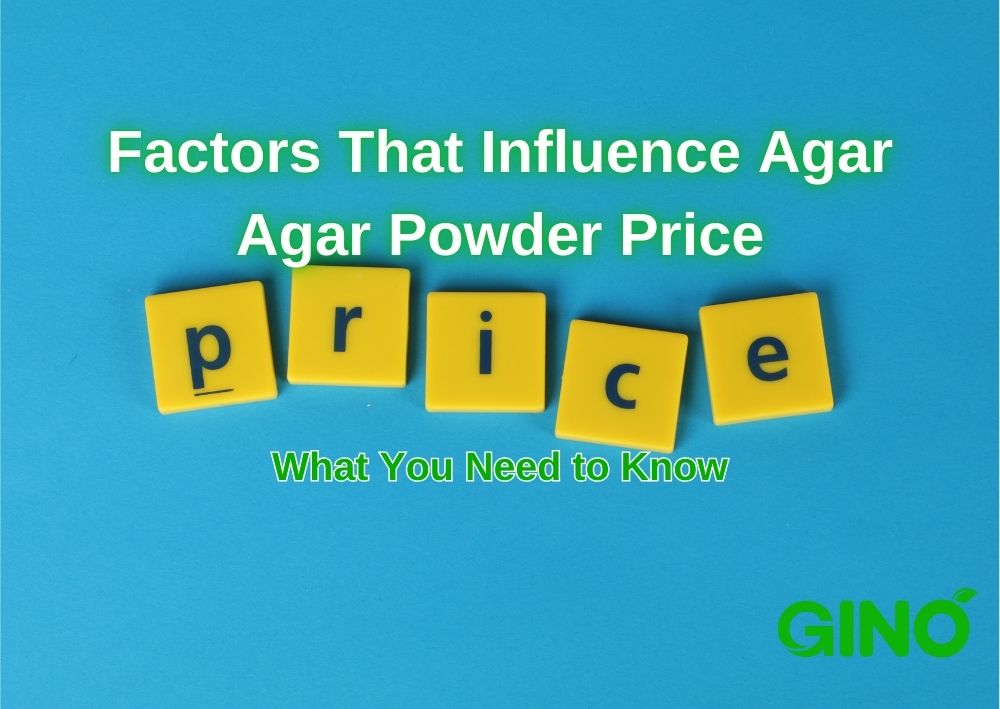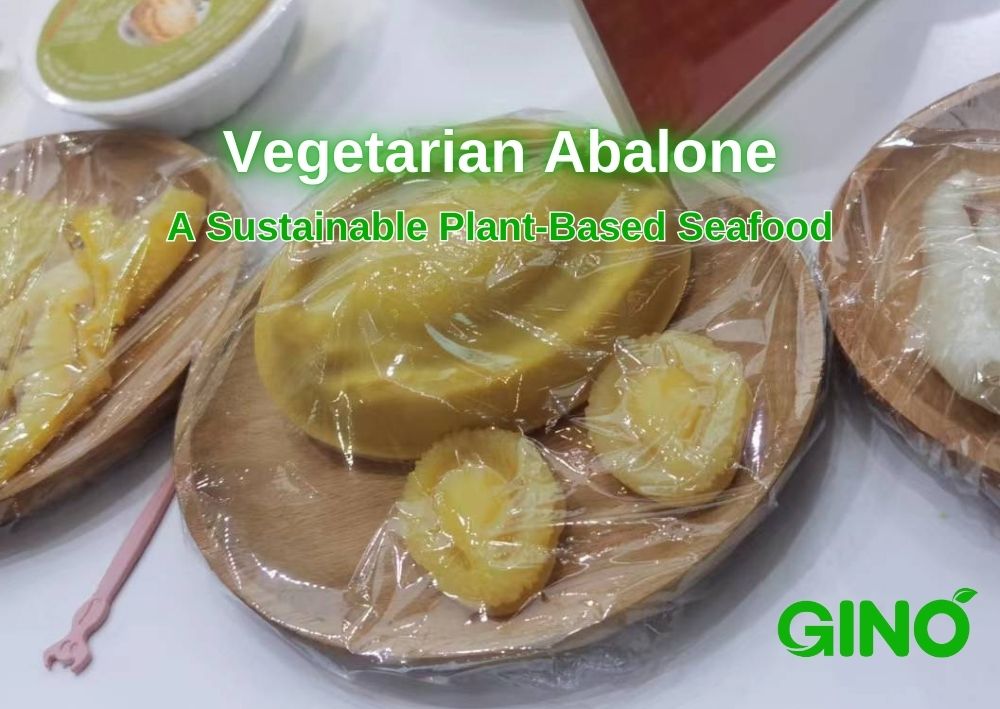For over 10 years, Gino Biotech has been a major supplier of food hydrocolloids. With our variety of plant-based gums & stabilizers, we can create tailor-made hydrocolloid solutions perfectly matched to the needs of our customers. READ MORE
Exploring the 7 Key Factors Impacting Carrageenan Prices
7 Key Factors Impacting Carrageenan Prices
Facebook
Twitter
LinkedIn
The fluctuation of carrageenan prices is influenced by a myriad of factors, each playing a significant role in shaping market dynamics. Understanding these key factors is essential for stakeholders seeking insight into this vital seaweed extract's pricing trends.
Let's delve into the seven crucial elements that impact carrageenan prices, unraveling the intricate web of supply, demand, and external forces shaping its value in the global market.
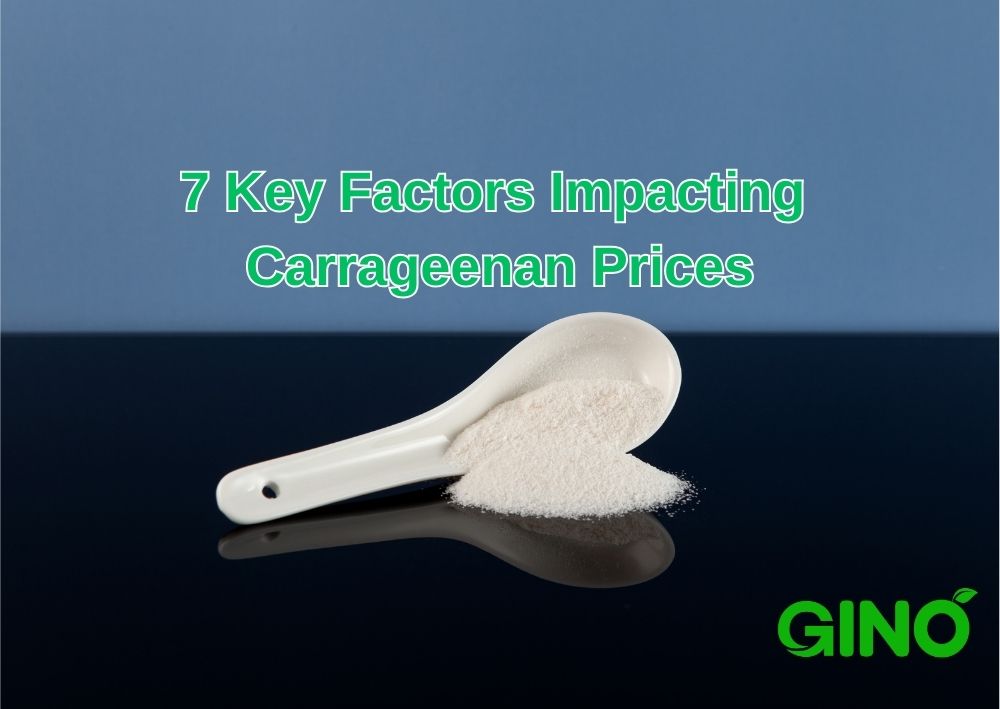
Carrageenan Types
Carrageenan can be subdivided into Kappa type, Iota type, and Lambda type.
Kappa carrageenan forms a harder and more brittle gel, widely used as a gelling agent & thickener, while Iota carrageenan forms a soft gel and is used as a stabilizer. Unlike K-type and I-type carrageenan, L-type carrageenan is used as a thickener to enhance the mouthfeel of beverages.
Among these, K-type carrageenan accounts for 94% of the total carrageenan volume and is the most widely used type.
Hydrocolloid & Carrageenan Market
In 2019, the global hydrocolloid market was valued at $9.31 billion, with an expected annual growth rate of 6.5% in the future, driven by rapidly increasing demand, particularly in Asia, especially China. In 2021, China's hydrocolloid sales reached 145,000 tons, accounting for 37% of global sales, with a 6.8% annual growth rate expected in the future. Carrageenan accounts for about 31% of these sales, while agar accounts for 8.2%.
The global carrageenan market was valued at $770 million in 2021, reaching $980 million in 2022, a 27% year-on-year growth mainly due to significant price increases. The market is expected to maintain an annual growth rate of around 7% in the future, indicating stable growth in the industry.
In 2021, the domestic carrageenan market in China was valued at 2.26 billion yuan, with sales of 45,000 tons, accounting for 52.5% of global sales.
With the expanding application scope, full exploration of performance, and promotion of health concepts, the trend of plant-based gums gradually replacing traditional animal gums is unstoppable, indicating that the carrageenan market will continue to grow rapidly.
Factors Affecting Carrageenan Prices
The seven main factors influencing carrageenan prices are as follows:
1. Raw Materials
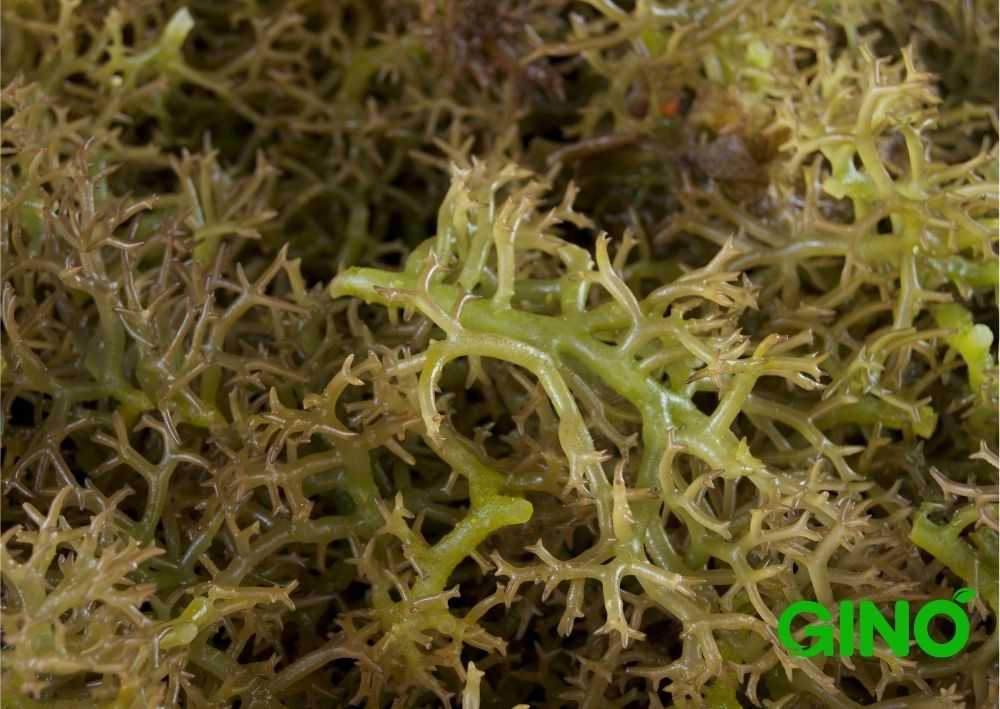
Carrageenan is derived from red algae sourced primarily from Southeast Asia.
Red algae can be harvested at least four times a year, but this process is heavily influenced by local weather conditions and natural phenomena such as floods, typhoons, and droughts.
When there's an abundant harvest and supply exceeds demand, the market price of raw materials and subsequently carrageenan decreases. However, excessively low prices may discourage farmers, leading to reduced planting in the next season.
As a result, with declining raw material yields, both raw material and carrageenan prices may increase.
2. Supply and Demand

The relationship between supply and demand is straightforward:
When demand for carrageenan is high, its price goes up, and vice versa.
In recent years, carrageenan has become a staple in food processing, especially in popular items like jellies and gummies. Its versatile applications and wide-ranging use have resulted in substantial demand growth.
3. Market Competition
The global carrageenan market has witnessed intense competition in recent years.
Traditional carrageenan-producing countries like China, the Philippines, and Indonesia face challenges from emerging producers, intensifying global market rivalry.
With an increasing number of carrageenan producers within China and fierce domestic competition, many manufacturers frequently adjust carrageenan prices to maintain or expand their market share.
4. Currency Exchange Rates
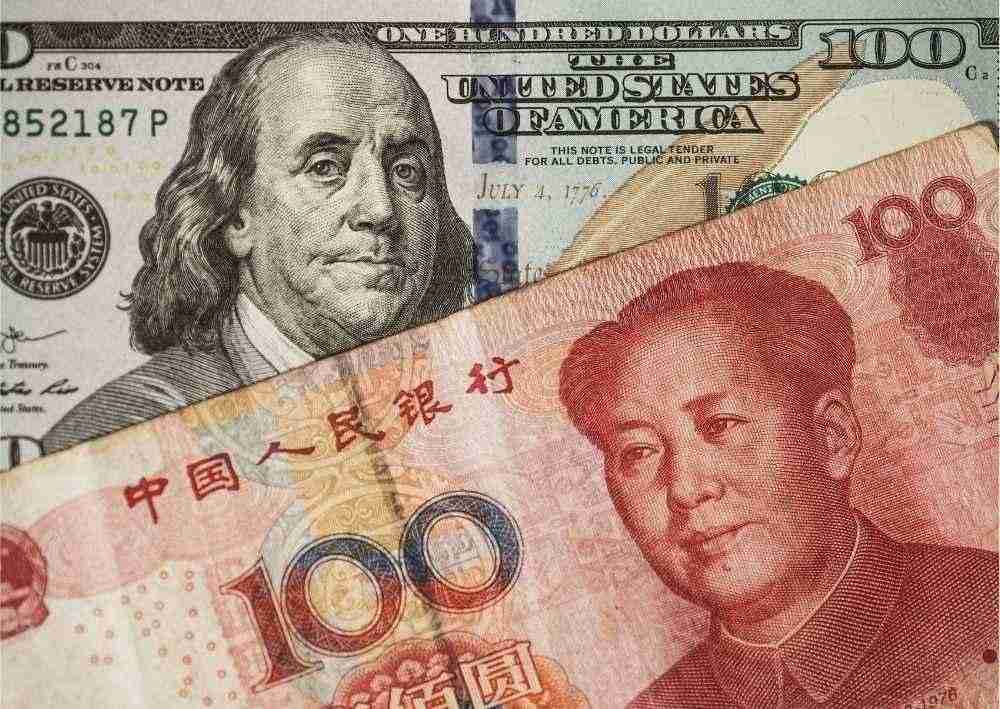
The fluctuation of currency exchange rates, particularly concerning the Chinese Renminbi, impacts import prices for raw materials and export prices for carrageenan.
Since most carrageenan raw materials are imported from Southeast Asia, while a significant portion of domestically produced carrageenan is exported overseas, changes in exchange rates directly affect both input and output prices.
5. Global Industry Shifts and Technological Advancements
The shift towards plant-based hydrocolloids and technological advancements in carrageenan production significantly affect both demand and pricing.
As the demand for natural and plant-based ingredients grows, so does the demand for carrageenan.
Meanwhile, technological innovations in production processes have led to improved carrageenan products, expanding their applications and increasing market demand.
6. Technological Advancements
In recent years, the carrageenan industry has intensified its focus on innovation and technological advancement, resulting in the development of more competitive products.
New types of carrageenan products have been applied in various fields such as food, medical, and personal care, expanding market demand.
Additionally, global carrageenan producers are actively adopting new production technologies and equipment to enhance product quality and reduce production costs.
These advancements in both product and production technology have a significant impact on carrageenan prices.
7. Other Factors
Aside from the aforementioned factors, various other elements may influence carrageenan prices, including regulatory changes, environmental policies, and consumer trends.
These factors, although less prominent, can still play a role in shaping the dynamics of the carrageenan market and affecting its pricing.
Conclusion
Understanding the various factors influencing carrageenan prices is crucial for businesses operating in the industry. From raw material availability to market dynamics and technological advancements, these factors shape the pricing landscape for carrageenan products. By exploring these key determinants, businesses can make informed decisions to navigate market fluctuations and optimize their procurement strategies.
As a leading carrageenan supplier, we offer a wide range of carrageenan types, including pure and standardized, Kappa and Iota, refined and semi-refined, as well as custom blends. Contact us to inquire about the latest carrageenan prices and discover how we can meet your specific needs.
Contact Our teamRecent Posts
About Gino Biotech

We are a biotech company specializing in the research, development, and commercialization of innovative and technological food additives hydrocolloids Agar Agar, Carrageenan, and Tailor-Made Stabilizer Solutions.
With the extended know-how and experience in the research, application, and use of Hydrocolloids, we could provide one-stop-shop customized solutions perfectly matched to the needs of our customers.
Our products cover the needs of the Meat, Dairy, Bakery, Confectionery, and other industrial sectors.





